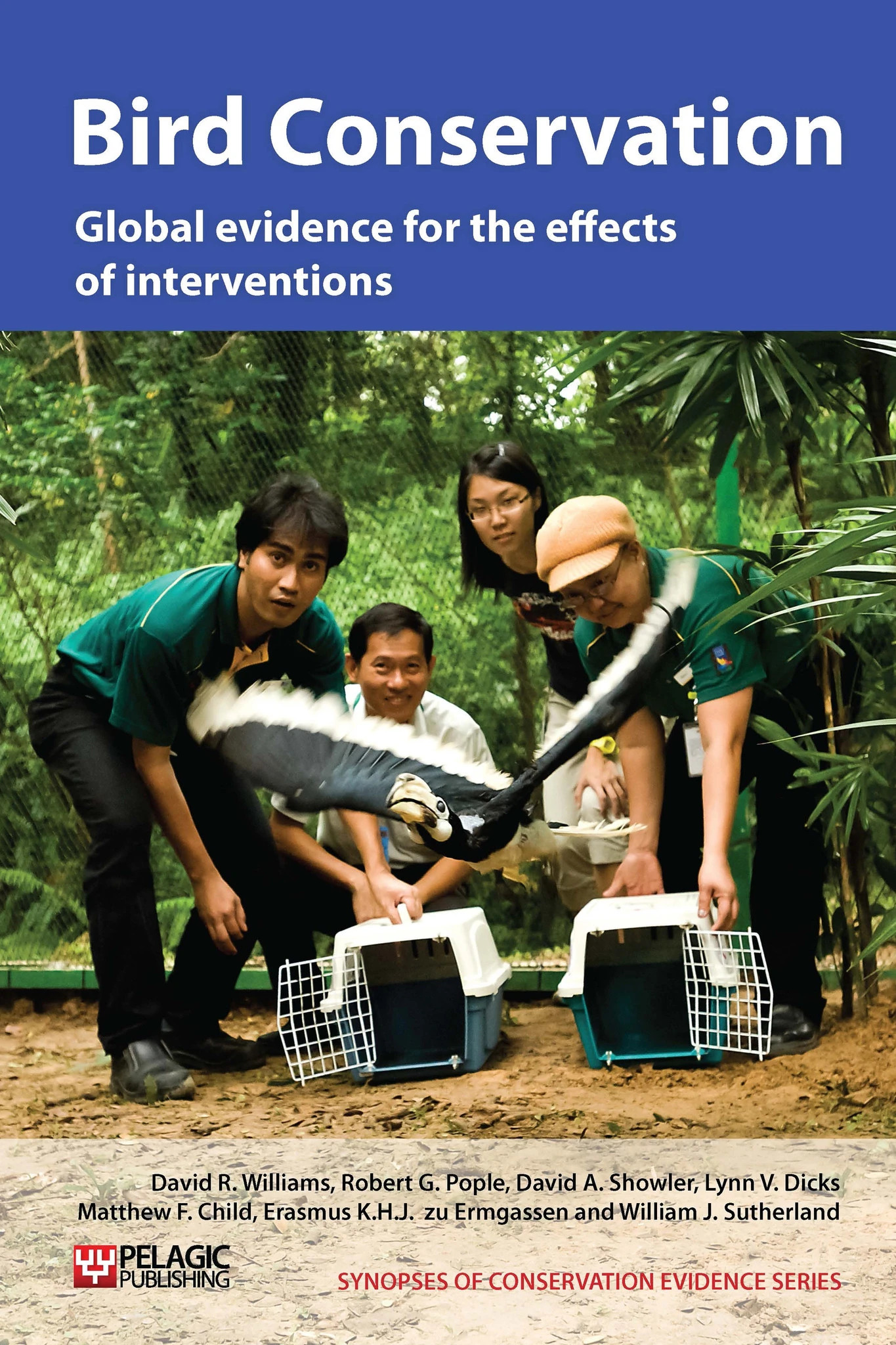Fertilize artificial grasslands
-
Overall effectiveness category Unknown effectiveness (limited evidence)
-
Number of studies: 4
View assessment score
Hide assessment score
How is the evidence assessed?
-
Effectiveness
60% -
Certainty
35% -
Harms
7%
Study locations
Supporting evidence from individual studies
A replicated, controlled trial in the winter of 1972-1973 at a 6 ha pasture (periodically flooded by saltwater) in Gloucestershire, UK (Owen 1975), found that significantly more greater white-fronted geese Anser albifrons fed on fertilised and cut areas, compared to control areas (overall average of 30-35% of geese on cut, fertilised areas vs. 17-20% on control areas; maximum of 65% use of cut, fertilised areas vs. 20% for controls). Preferences decreased over time as preferred areas lost vegetation and became more crowded. Vegetation from experimental areas had a higher nitrogen content than that from control areas. Fertilisation consisted of 125 kg/ha of ‘nitro-chalk’ – 25% nitrogen – applied in mid October. In mid-October, the grass was also cut to approximately 8 cm.
Study and other actions testedA replicated, controlled study in 1984-1987 on a reserve on the island of Islay, west Scotland (Percival 1993), found that more barnacle geese Branta leucopsis used wet pasture fields if they were fertilised, compared to control fields (17-42% higher dropping densities in fertilised fields, but not in all fields or years). However, fewer geese used fertilised fields than re-seeded ones. Fertilisers were either 34.5% nitrogen in pellet form (at 125 kg/ha), or ‘Nitrochalk’ – 25% nitrogen in granular form – (at 175 kg/ha) and spread in October (wet and dry fields) and March (dry fields only).
Study and other actions testedA series of replicated controlled trials on grassland sites at two reserves in Essex, England, between 1990 and 1992 (Vickery et al. 1994) found that brent geese Branta bernicla grazed at significantly higher densities on fertilised and cut areas, compared to unfertilised areas, but only at high levels of fertiliser application (50 kg N/ha used: 28-30 droppings/m2 for fertilised areas vs. 23-28 droppings/m2 for controls; 18 kg N/ha used: 30-35 droppings/m2 for fertilised areas vs. 25-35 droppings/m2 for control areas). There were no differences between trials using organic and inorganic fertiliser.
Study and other actions testedA replicated, controlled study in 1990-1993 at a reserve in Aberdeenshire, Scotland (Patterson & Fuchs 2001), found that spring fertiliser application in 1990-1 significantly increased the use of grassland fields by pink-footed geese Anser brachyrynchus, until applications of approximately 80 kg N/ha (1990: average of 13-14 goose droppings/m2 with no application vs. 18-22 droppings/m2 with 40 kg N/ha, 28 droppings/m2 with 80 kg/m2 and 27-31 droppings/m2 with 120-160 kg N/ha; patterns in 1991 were similar but with fewer droppings). However, two slow-release fertilisers did not affect foraging densities in winter 1990-1992 (average of 24.5-26.7 droppings/m2 for fertilised vs. 24 droppings/m2 for control grasslands). Split fertiliser application did not increase field use, compared to a single application (average of 11 droppings/m2 for fields with split applications vs. 10 droppings/m2 for single applications), although the authors note it may reduce nitrogen leeching.
Study and other actions tested
Where has this evidence come from?
List of journals searched by synopsis
All the journals searched for all synopses
This Action forms part of the Action Synopsis:
Bird Conservation
Bird Conservation - Published 2013
Bird Synopsis





)_2023.JPG)














